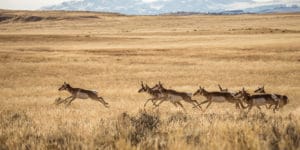
The Wyoming Game and Fish Department (WGFD) not only manages fish and wildlife in cooperation with public and private landowners, it is also involved in habitat improvements and management. It also does a lot of habitat monitoring. Habitat monitoring includes assessing range quality and trend, response to habitat treatments, and production and utilization of key browse species on winter ranges. Winter range browse transects (most commonly for deer) are relevant this time of the year since one aspect of that monitoring will be conducted across the state in the upcoming months.
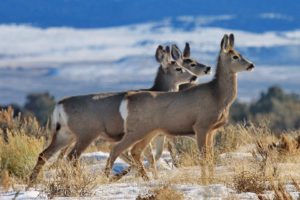
On many winter ranges, WGFD personnel, in cooperation with other agency personnel, measure shrub leader growth (new growth of the year) on a number of shrubs of a particular important browse species (e.g., bitterbrush, mountain mahogany, sagebrush, serviceberry) along transects each fall at the end of the growing season. The number of plants and the number of leaders measured is sufficient to give an average leader production. Then in the spring or early summer after animals leave the winter range for summer reproductive range, the transects are run again to see how much utilization there has been over the winter. Leader length is again measured but, this time measurements include those for leaders that have been browsed back. Here again the number of plants included along a transect and the number of leaders measured on each are used to give an average utilization for that winter range or portion of winter range.
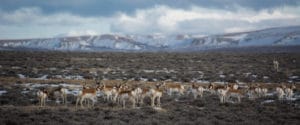
The results of the two seasonal surveys – year in and year out – give managers a sense of how much productivity there has been in a given year versus the amount of utilization. These surveys help managers when they make decisions on how many deer the land can support. Worst case scenario is heavy browsing and browsing back into previous years’ production could ultimately result in severe hedging. In an ideal scenario, each year would have good enough moisture and other conditions that leader growth would be positive and winter utilization would take a moderate amount of plant annual production.
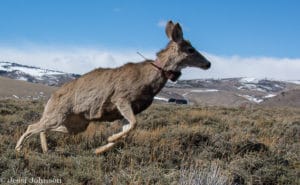
Good herd demographic information and information on winter range productivity/utilization helps managers understand trends in animal population and winter range status, aiding in their ability to manage the population to remain in balance with forage at the most critical time of the year. Of course, the natural world is messy, and there are lots of variables to deal with, including domestic livestock pressures. Although these transects are not fool proof, they certainly provide insight into some of the variables involved in wildlife and habitat management, as related to range health and productivity.
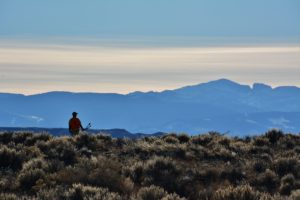
To read more about habitat work in Wyoming, please see the Strategic Habitat Plan Annual Reports found on the WGFD website at: https://wgfd.wyo.gov/Habitat/Habitat-Plans/Strategic-Habitat-Plan-Annual-Reports
Written by Reg Rothwell, WGFD – Retired
